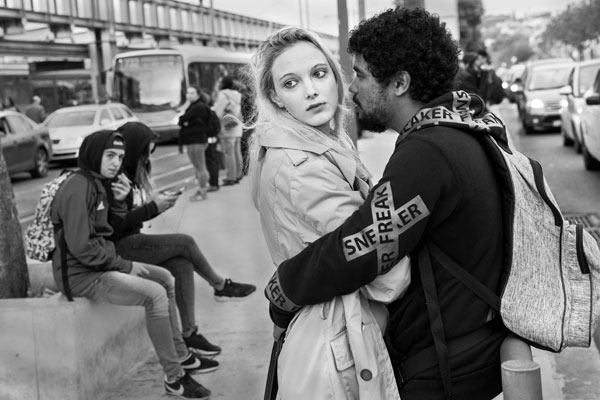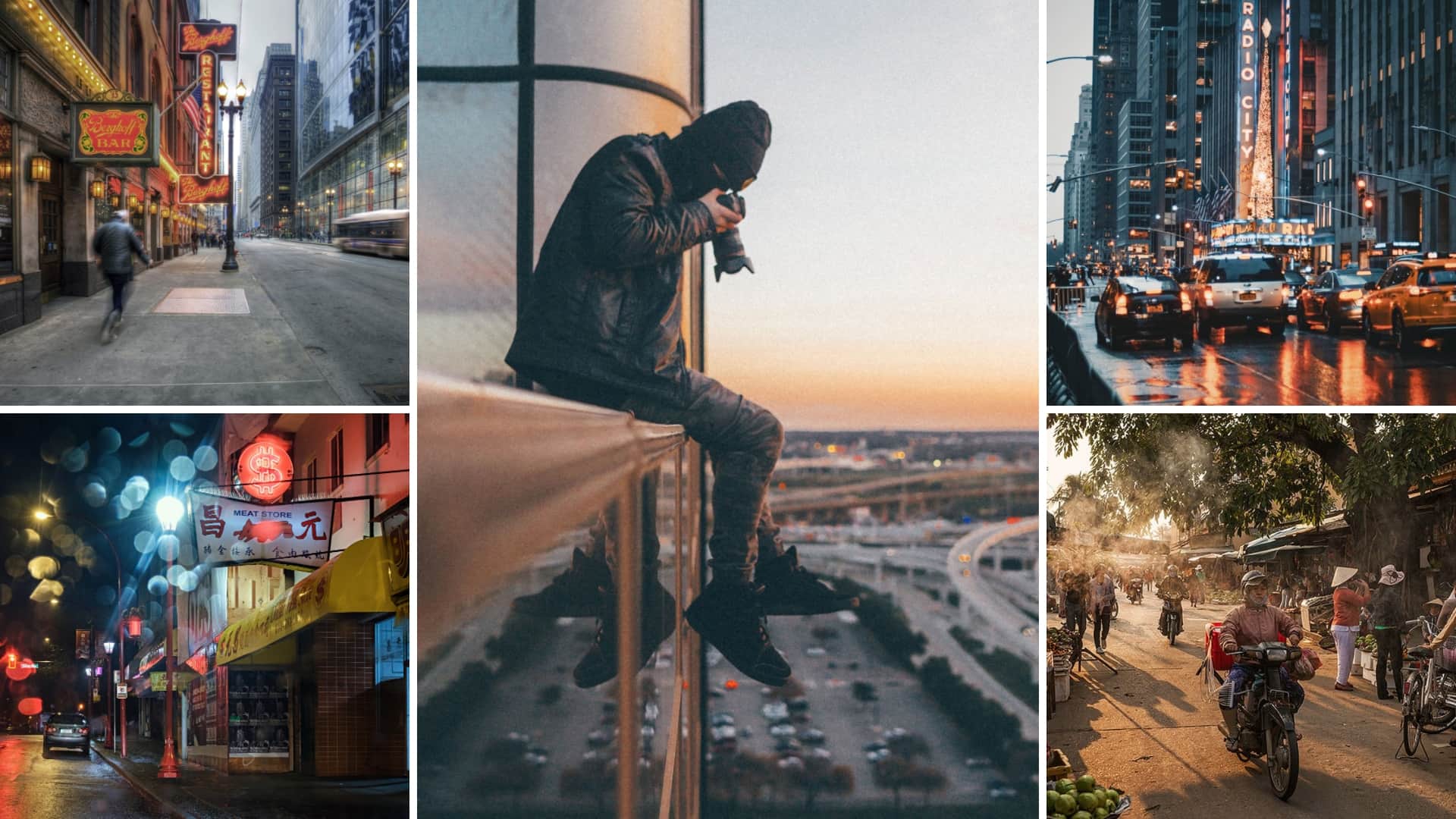The smart Trick of Framing Streets That Nobody is Talking About
Fascination About Framing Streets
Table of ContentsSee This Report on Framing StreetsA Biased View of Framing StreetsFacts About Framing Streets UncoveredIndicators on Framing Streets You Should KnowFascination About Framing StreetsFascination About Framing Streets
Digital photography genre "Crufts Pet Show 1968" by Tony Ray-Jones Street digital photography (additionally often called candid digital photography) is photography performed for art or query that includes unmediated chance encounters and random events within public places, normally with the goal of capturing photos at a crucial or touching minute by careful framework and timing. 
An Unbiased View of Framing Streets
Susan Sontag, 1977 Street digital photography can focus on people and their behavior in public. In this regard, the road digital photographer resembles social docudrama professional photographers or photojournalists who also operate in public places, however with the purpose of capturing relevant events. Any of these professional photographers' pictures may catch individuals and property visible within or from public areas, which often requires navigating honest issues and laws of personal privacy, safety, and home.
Depictions of daily public life develop a category in practically every duration of world art, starting in the pre-historic, Sumerian, Egyptian and very early Buddhist art periods. Art handling the life of the street, whether within sights of cityscapes, or as the dominant concept, appears in the West in the canon of the Northern Renaissance, Baroque, Rococo, of Romanticism, Realism, Impressionism and Post-Impressionism.
Not known Details About Framing Streets
Louis Daguerre: "Blvd du Holy place" (1838 or 1839) In 1838 or 1839 the first photo of figures in the street was recorded by Louis-Jacques-Mand Daguerre in one of a set of daguerreotype views drawn from his studio window of the Boulevard du Holy place in Paris. The second, made at the height of the day, reveals an uninhabited stretch of street, while the other was taken at regarding 8:00 am, and as Beaumont Newhall reports, "The Boulevard, so regularly filled with a relocating throng of pedestrians and carriages was completely singular, other than a person who was having his boots brushed.
Subsequently his boots and legs were well specified, but he is without body or head, since these remained in activity." Charles Ngre, waterseller Charles Ngre. https://framingstreets1.edublogs.org/2024/01/10/framing-streets-mastering-the-art-of-street-photography/ was the initial professional photographer to achieve the technological class their explanation needed to sign up individuals in movement on the road in Paris in 1851. Professional Photographer John Thomson, a Scotsman working with reporter and social activist Adolphe Smith, released Street Life in London in twelve month-to-month installments starting in February 1877
Everything about Framing Streets
Eugene Atget is considered as a progenitor, not since he was the very first of his kind, yet as a result of the popularisation in the late 1920s of his document of Parisian streets by Berenice Abbott, who was motivated to embark on a similar paperwork of New York City. [] As the city created, Atget assisted to promote Parisian roads as a deserving topic for photography.

A Biased View of Framing Streets
Martin is the first videotaped digital photographer to do so in London with a disguised cam. Mass-Observation was a social study organisation established in 1937 which intended to tape-record everyday life in Britain and to record the responses of the 'man-in-the-street' to King Edward VIII's abdication in 1936 to marry separation Wallis Simpson, and the succession of George VI. The principal Mass-Observationists were anthropologist Tom Harrisson in Bolton and poet Charles Madge in London, and their initial report was produced as guide "May the Twelfth: Mass-Observation Day-Surveys 1937 by over 2 hundred observers" [] Home window cleaner at Kottbusser Tor, Berlin, by Elsa Thiemann c. 1946 The post-war French Humanist School professional photographers located their subjects on the street or in the bistro. Between 1946 and 1957 Le Groupe des XV each year exhibited job of this kind. Andre Kertesz. Circus, Budapest, 19 May 1920 Street digital photography created the major content of 2 exhibits at the Gallery of Modern Art (Mo, MA) in New york city curated by Edward Steichen, Five French Professional Photographers: Brassai; Cartier-Bresson, Doisneau, Ronis, Izis in 1951 to 1952, and Post-war European Digital Photography in 1953, which exported the principle of road digital photography internationally.

Some Known Facts About Framing Streets.
, after that a teacher of young youngsters, connected with Evans in 193839.'s 1958 book,, was considerable; raw and often out of focus, Frank's photos examined mainstream digital photography of the time, "tested all the official regulations laid down by Henri Cartier-Bresson and Pedestrian Evans" and "flew in the face of the wholesome pictorialism and genuine photojournalism of American publications like LIFE and Time".